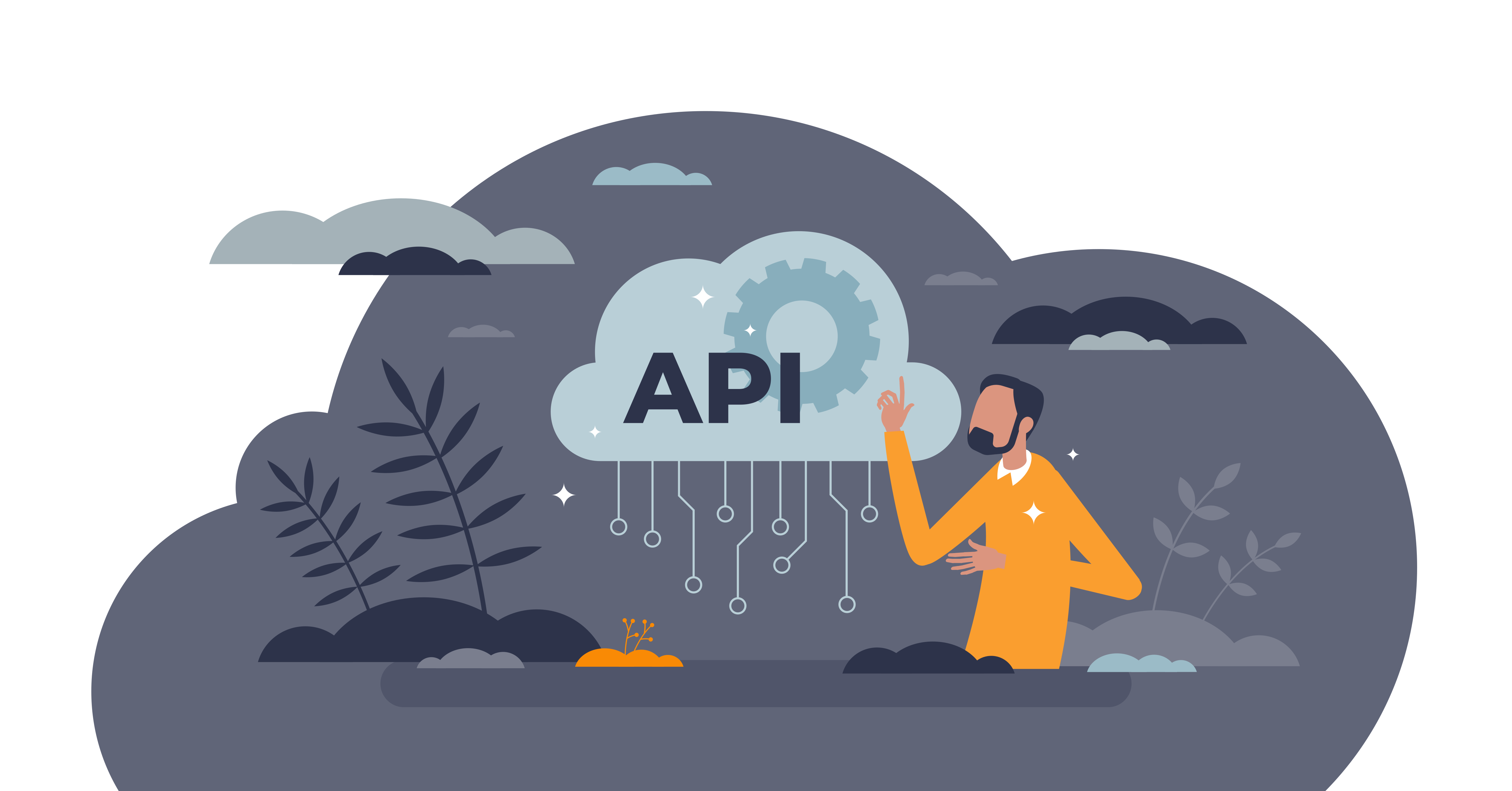
Mastering API Integration Testing: The Strategic Use of Mocks and Stubs
In the complex landscape of modern software development, ensuring that various components of an application work together seamlessly is absolutely vital. This is the core purpose of API integration testing, a critical phase where we verify that different parts of your software not only function individually but also communicate and share information correctly.
In web development, this often centers on APIs (Application Programming Interfaces), which serve as "messengers" enabling communication between distinct software elements. The goal is to guarantee these messengers transmit information accurately and intelligibly across all software components, promoting a harmonious operational environment.
The Challenge of External Services
A significant challenge arises when testing your code's interactions with external services, such as payment gateways, databases, or third-party APIs. These real services can be unpredictable; they might be unavailable, slow, expensive, or contain sensitive data, making consistent and reliable testing difficult. This is precisely where test doubles—simulated versions of these dependencies—become indispensable tools. Among the most powerful and frequently used test doubles are mocks and stubs.
Why Employ Mocking and Stubbing?
- Isolation: Keep tests focused by removing real external service calls.
- Predictability: Provide consistent, repeatable outcomes.
- Scenario Simulation: Simulate various success or failure conditions.
- Efficiency: Avoid slow or costly network calls.
- Early Issue Detection: Spot issues earlier in the pipeline.
Understanding API Stubbing
API stubbing involves configuring fixed, predefined responses for specific API calls.
- Characteristics: Static and consistent; no exception handling.
- Purpose: Ideal for testing fixed outcomes and logic.
- Use Cases:
- Basic, simple tests
- Unit tests for isolated functions
- Testing components like UIs
- Bypassing external dependencies
- Limitations: Doesn’t reflect real-world edge cases or interactions.
Understanding API Mocking
API mocking simulates real APIs with dynamic behaviors based on inputs and interactions.
- Characteristics: Records calls, handles conditions, can throw errors.
- Purpose: Validate interaction correctness and test edge cases.
- Use Cases:
- Simulating complex API behaviors
- Testing with multiple API call chains
- Asynchronous or real-time data simulation
- Simulating error responses and network issues
- Limitations: More complex setup; might drift from real API behavior.
Key Differences: A Closer Examination
Consider an API designed to add 10 to a number:
- Stubbing: Always return 15 for input 5 (fixed response).
- Mocking: Return 15 for 5, 18 for 8, handle errors, etc. (dynamic).
| Feature | Stub | Mock |
|---|---|---|
| Primary Purpose | Fixed Responses | Simulated Dynamic Behavior |
| Testing Focus | State (Outcomes) | Behavior (Interactions) |
| Verification | No | Yes (calls, order, arguments) |
Beyond Mocks and Stubs: Other Test Doubles
- Dummies: Passed around but never used.
- Fakes: Simple implementations with real behavior.
- Spies: Wrap real objects to record interactions.
Preferences vary by language community (e.g., Go prefers stubs/fakes; Java leans on mocks).
Simplifying with Tools like Blackbird
- Dynamic vs. Static: Supports both fixed stubs and smart mocks.
- Edge Case Coverage: GenAI-generated variations for robustness.
- Adaptive Mock Server: Auto-updates with API spec changes.
- Ease of Setup: Rapid mock/stub server generation with UI + AI help.
Conclusion
API integration testing ensures systems behave reliably in real-world conditions. Both stubs and mocks are valuable:
- Stubs: Ideal for isolated, simple tests with fixed data.
- Mocks: Essential for testing interactions, error states, and dynamic behavior.
Using the right test double at the right time leads to more resilient, maintainable systems.
Go ahead and try stubbing with getfakeapi.com and start testing like a pro today.